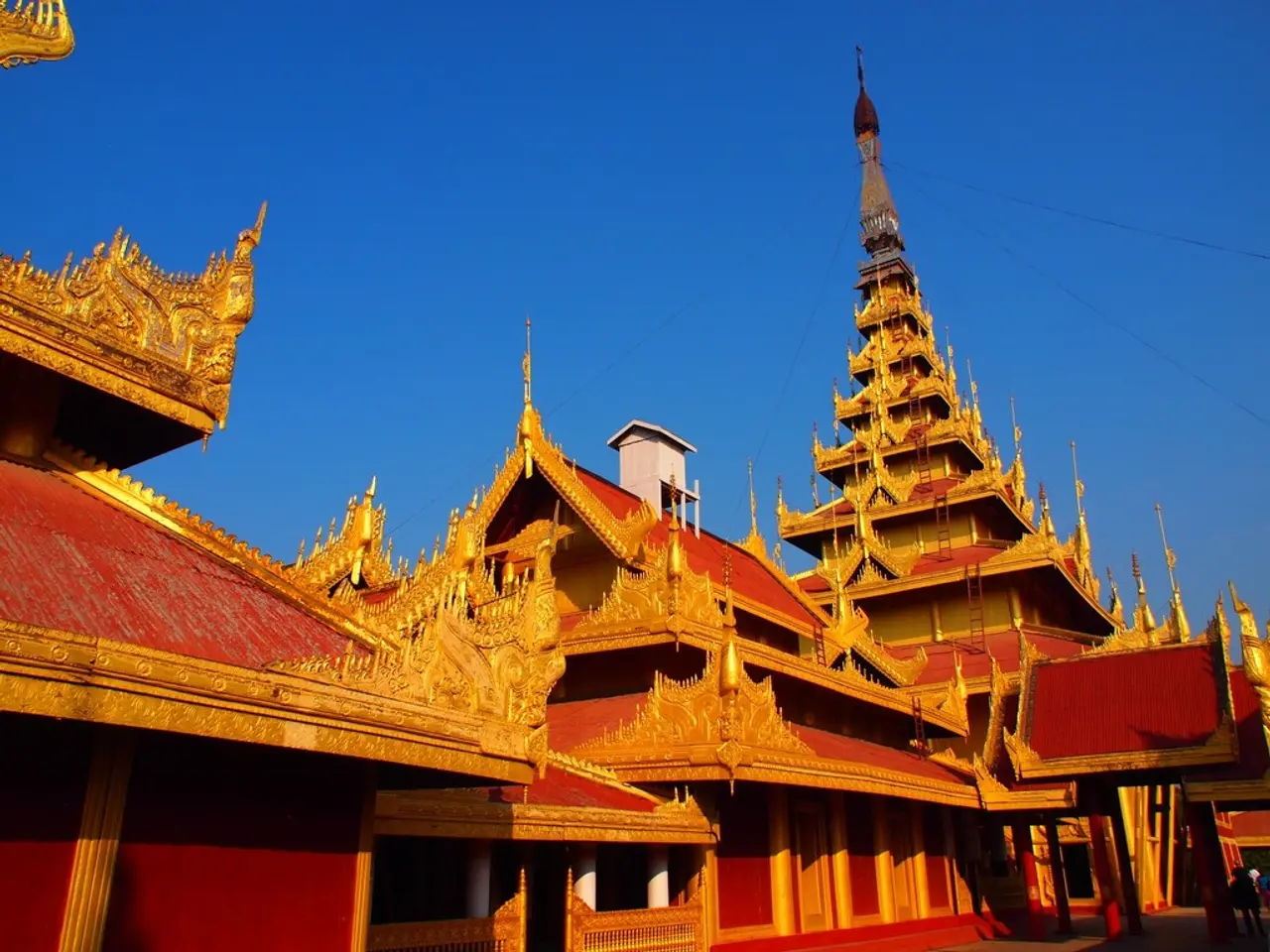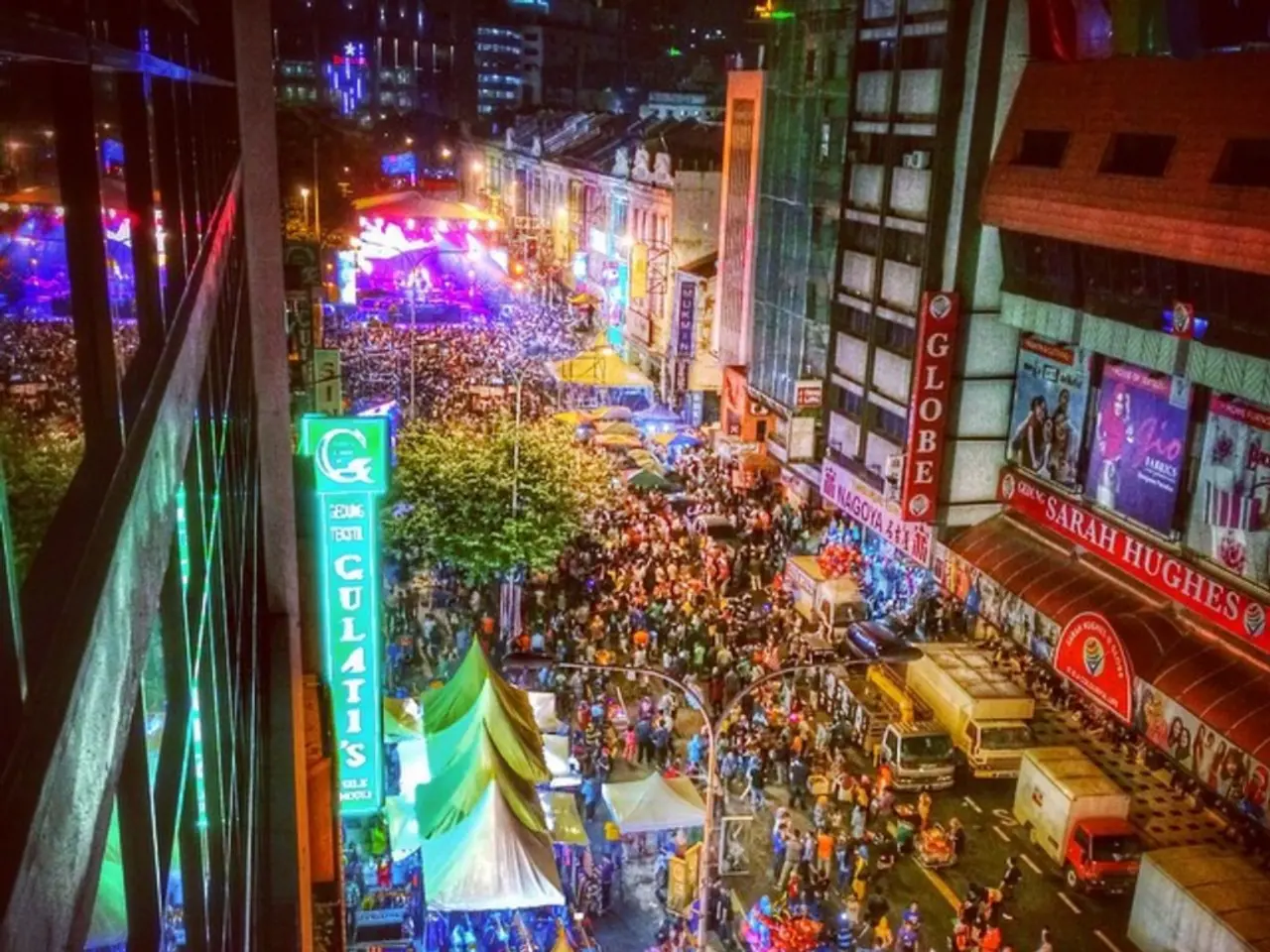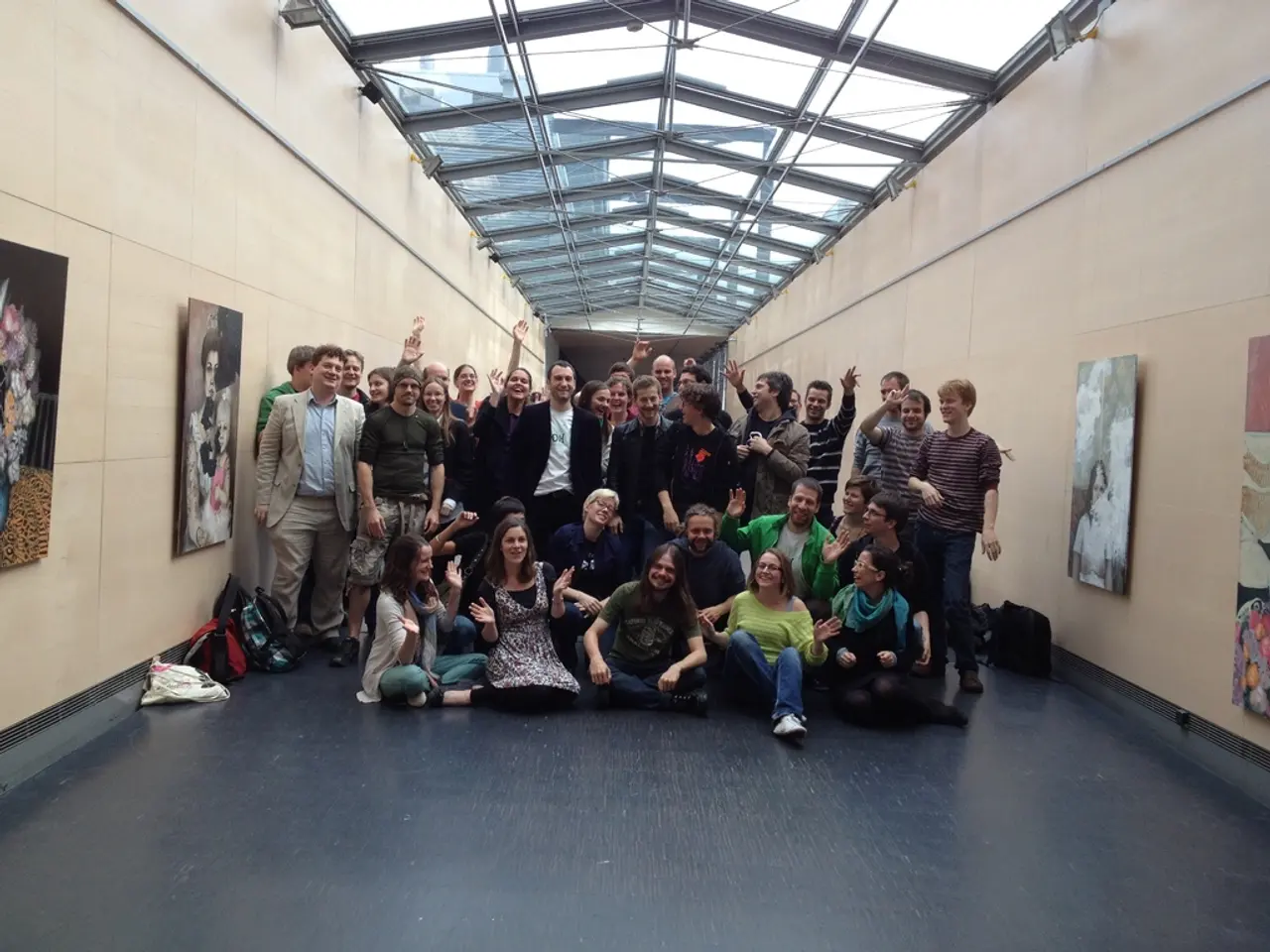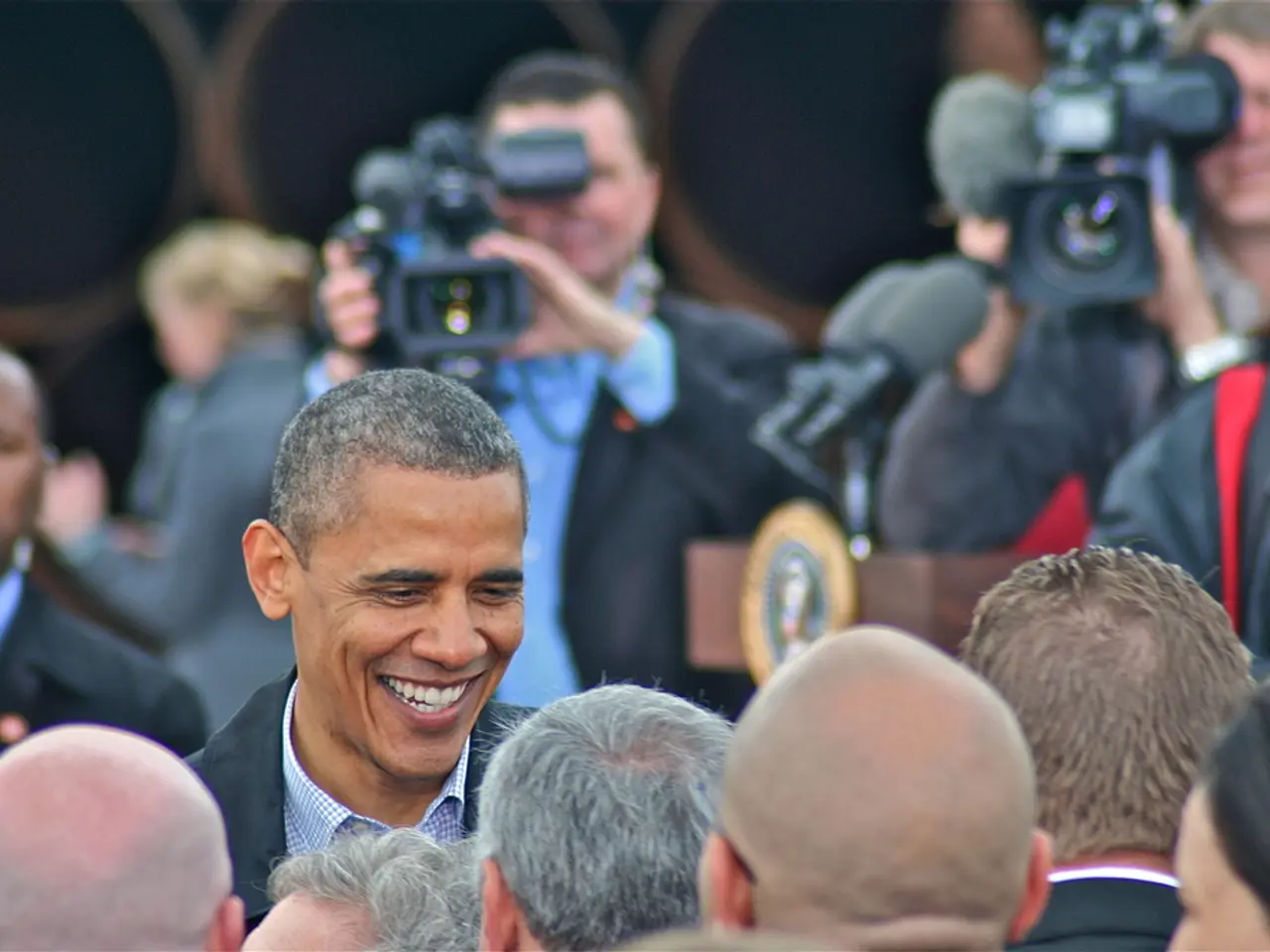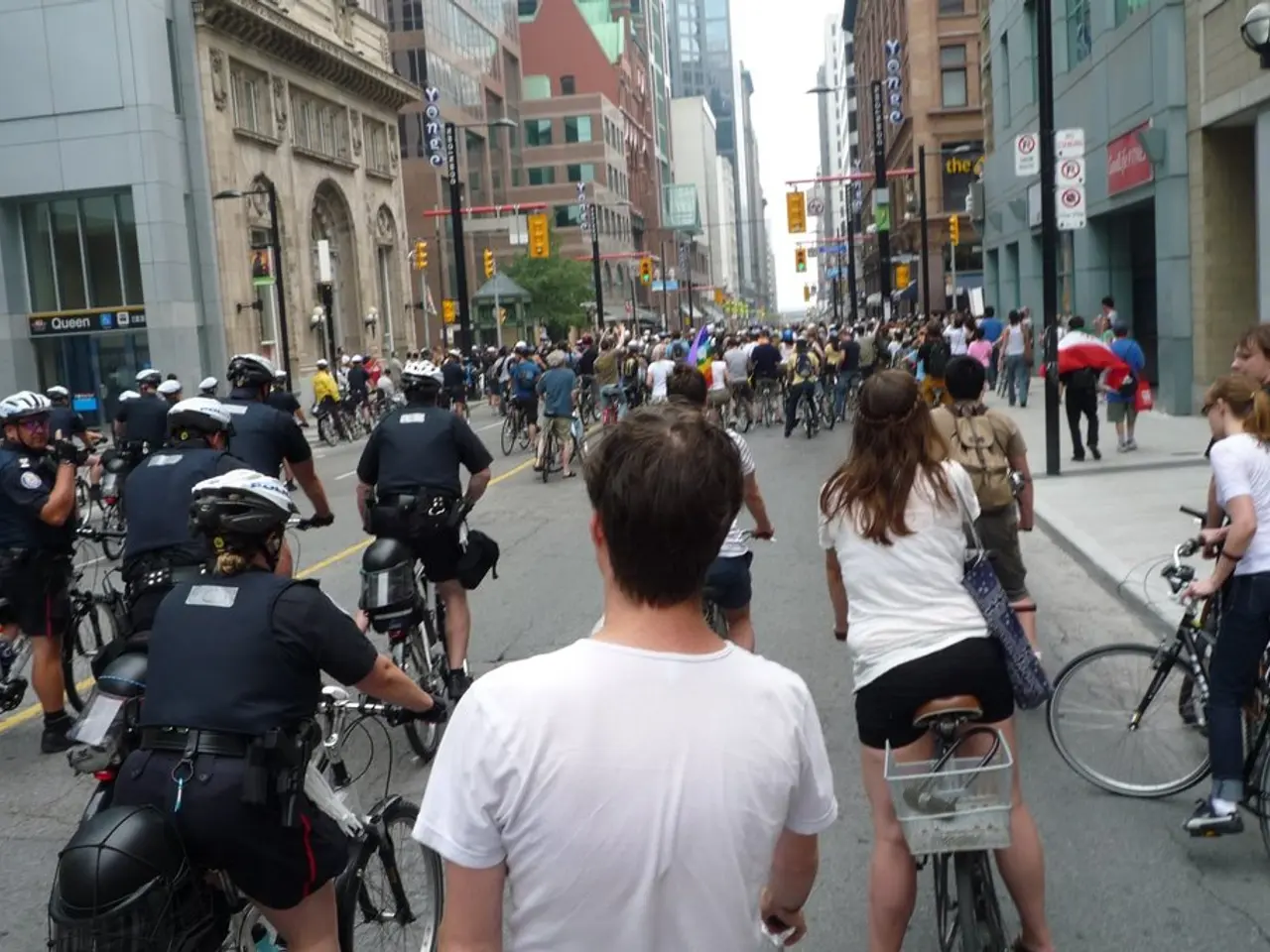historicalmonument: ex-prime minister's palace transformed into revolution museum in Bangladesh
In the heart of Dhaka, the former official residence of Bangladesh's ousted prime minister, Sheikh Hasina, is being transformed into a museum. Known as Ganabhaban, this historic palace was built by Sheikh Mujibur Rahman, the founder of Bangladesh and Hasina's father.
The Ganabhaban palace, a defining image of the student-led protests that toppled Hasina's government on August 5, 2024, now stands as a symbol of the July Revolution that shook the nation. The museum, named the July Revolution Memorial Museum, aims to memorialize the uprising against Hasina's regime and preserve the history and lessons of that period for Bangladesh.
Graffiti condemning Hasina's government remains untouched on the walls of the Ganabhaban palace, serving as a testament to the public's anger that culminated in her removal. The museum will showcase these messages, highlighting alleged human rights abuses such as mass detentions and extrajudicial killings of political opponents during her tenure. The United Nations reported around 1,400 deaths linked to these events in mid-2024.
Tanzim Wahab, the curator of the under-construction museum, plans to include exhibits of the protesters killed during Hasina's rule. The museum will also host the names of people killed by security forces during that time. Life stories of the deceased protesters will be told through films, photographs, and plaques.
The museum will not only document the events of the July Revolution but also serve as a platform for young people to discuss democratic ideas, new thinking, and building a new Bangladesh. Wahab believes the museum's deeper purpose is to look back at the long years of misrule and oppression during Hasina's rule.
The interim leader, Muhammad Yunus, has promised to bolster democratic institutions before elections, but faces immense challenges. As the 85-year-old Nobel Peace Prize winner leads the caretaker government, he aims to ensure that the lessons learned from the July Revolution are not forgotten.
The July Revolution Memorial Museum stands as a reminder of the power of the people, their resilience, and their determination to fight for justice. It serves as a beacon of hope for a new Bangladesh, one that values democracy, human rights, and the rule of law.
- The July Revolution Memorial Museum, located in Dhaka, plans to exhibit graffiti that condemns the former prime minister, Sheikh Hasina, serving as a testament to the public's anger against her government.
- In addition to documenting the events of the July Revolution, the museum aims to be a platform for young people to discuss democratic ideas, new thinking, and building a new Bangladesh.
- The museum will showcase alleged human rights abuses, such as mass detentions and extrajudicial killings of political opponents, during Sheikh Hasina's tenure, with reported deaths linked to these events reaching around 1,400 in mid-2024.
- The United Nations reported around 1,400 deaths linked to human rights abuses during Hasina's rule, which is one of the topics the July Revolution Memorial Museum aims to address in its exhibits.
